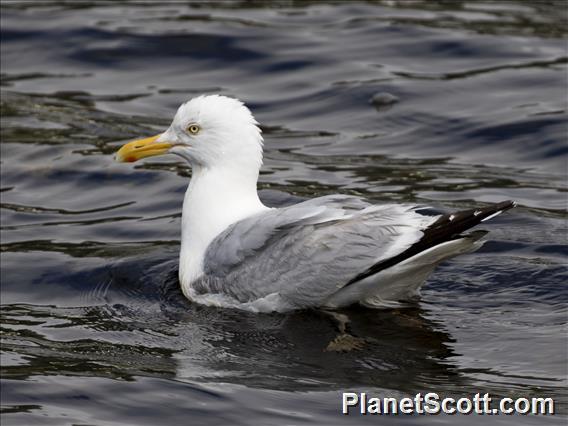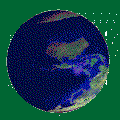American Herring Gull (Larus smithsonianus)

American Herring Gull (Larus smithsonianus)

American Herring Gull (Larus smithsonianus)


×



American Herring Gull (Larus smithsonianus)

American Herring Gull (Larus smithsonianus)
About American Herring Gull (Larus smithsonianus)
- Kingdom: Animals
- Phylum: Chordates
- Class: Birds
- Order: Shorebirds and Allies
- Family: Gulls, Terns, and Skimmers
The American herring gull, also known as the Arctic herring gull or Smithsonian gull, is a large gull that breeds in North America, where it is treated by the American Ornithological Society as a subspecies of herring gull.
Source: Wikipedia
Trips
Visits
-
2007-06-15
Jake's Landing, United States of America -
2008-01-17
Giants Park, United States of America -
2008-12-06
Colusa National Wildlife Refuge, United States of America -
2009-01-12
Fox River - Dundee, United States of America -
2009-05-05
Elgin - Bluff Spring Fen, United States of America -
2010-05-27
Kenai Peninsula, United States of America -
2010-06-21
Cape May Point State Park, United States of America -
2012-06-01
Higgins Lake, United States of America -
2013-03-04
John Heinz NWR at Tinicum (IBA), United States of America -
2013-04-16
Aransas NWR (CTC 037) (Aransas Co.), United States of America -
2014-02-15
Lake Merced , United States of AmericaNot 100% sure. Large adult gull with smudgy head and pink legs. -
2014-02-16
Golden Gate Park - Lloyd Lake, United States of America -
2015-01-03
Woodward Park, United States of America -
-
-
-
-
-
-
-
-
-
-
-
-
-
-
-
-
-
-
-
-
-
-
-
-
-
-
-
-
-
-
-
-
-
-
-
-
-
-








